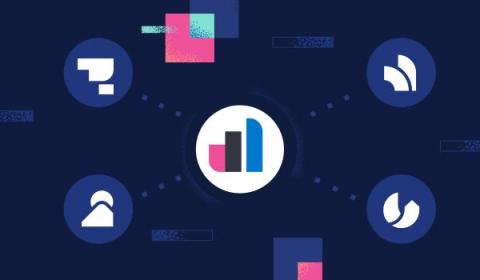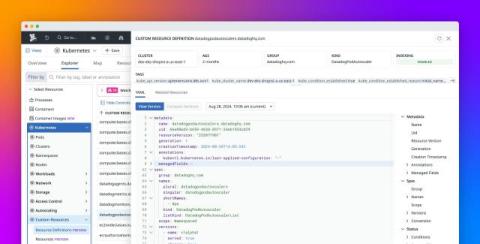Elastic Observability 8.16: Enhanced OpenTelemetry support, advanced log analytics, and streamlined onboarding
Elastic Observability 8.16 announces several key capabilities: Elastic Observability 8.16 is available now on Elastic Cloud — the only hosted Elasticsearch offering to include all of the new features in this latest release. You can also download the Elastic Stack and our cloud orchestration products — Elastic Cloud Enterprise and Elastic Cloud for Kubernetes — for a self-managed experience. What else is new in Elastic 8.16?











